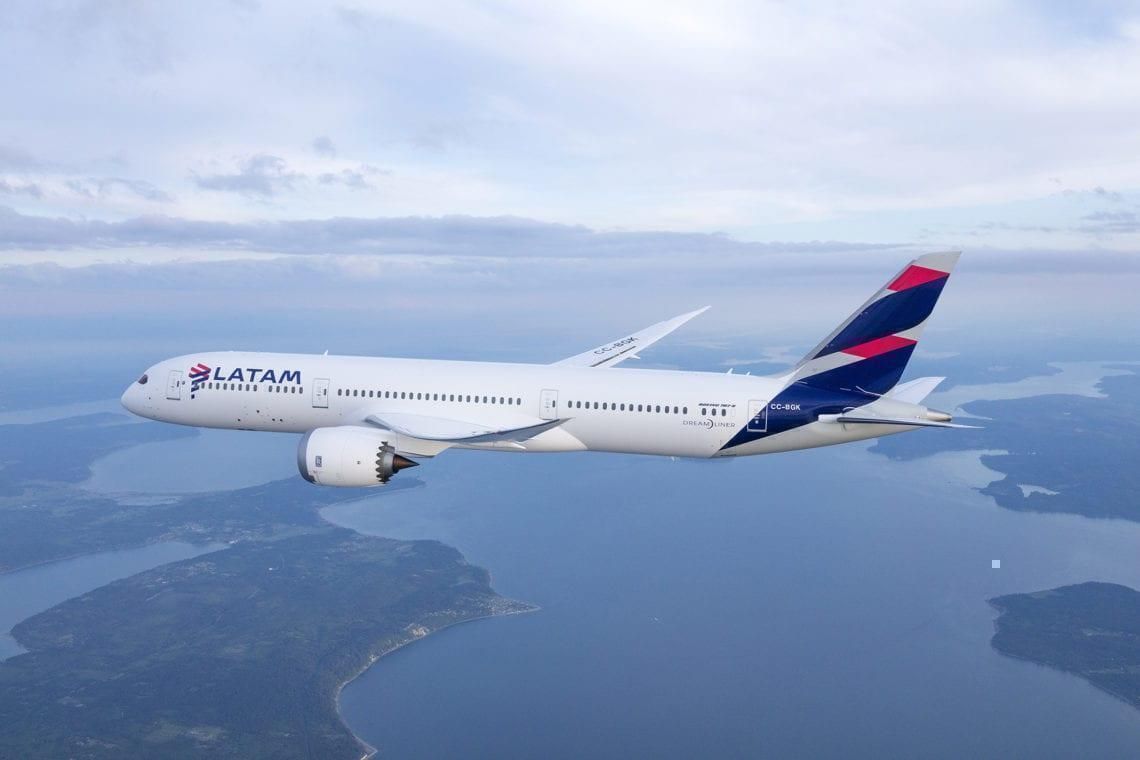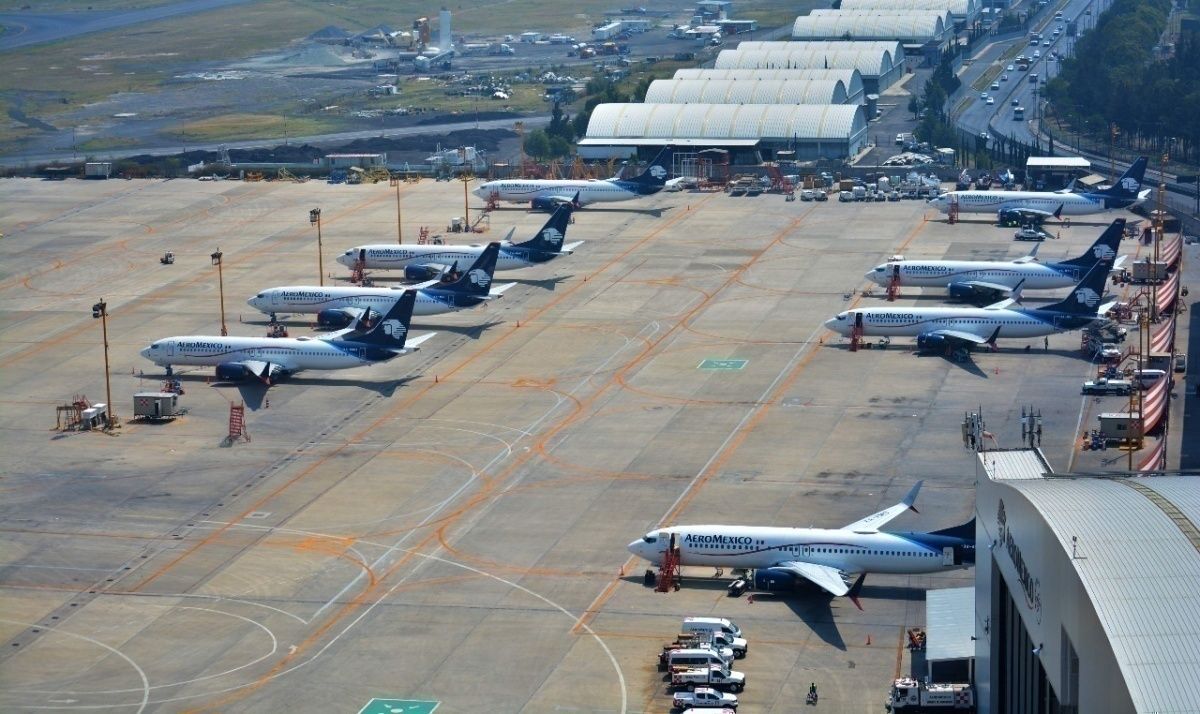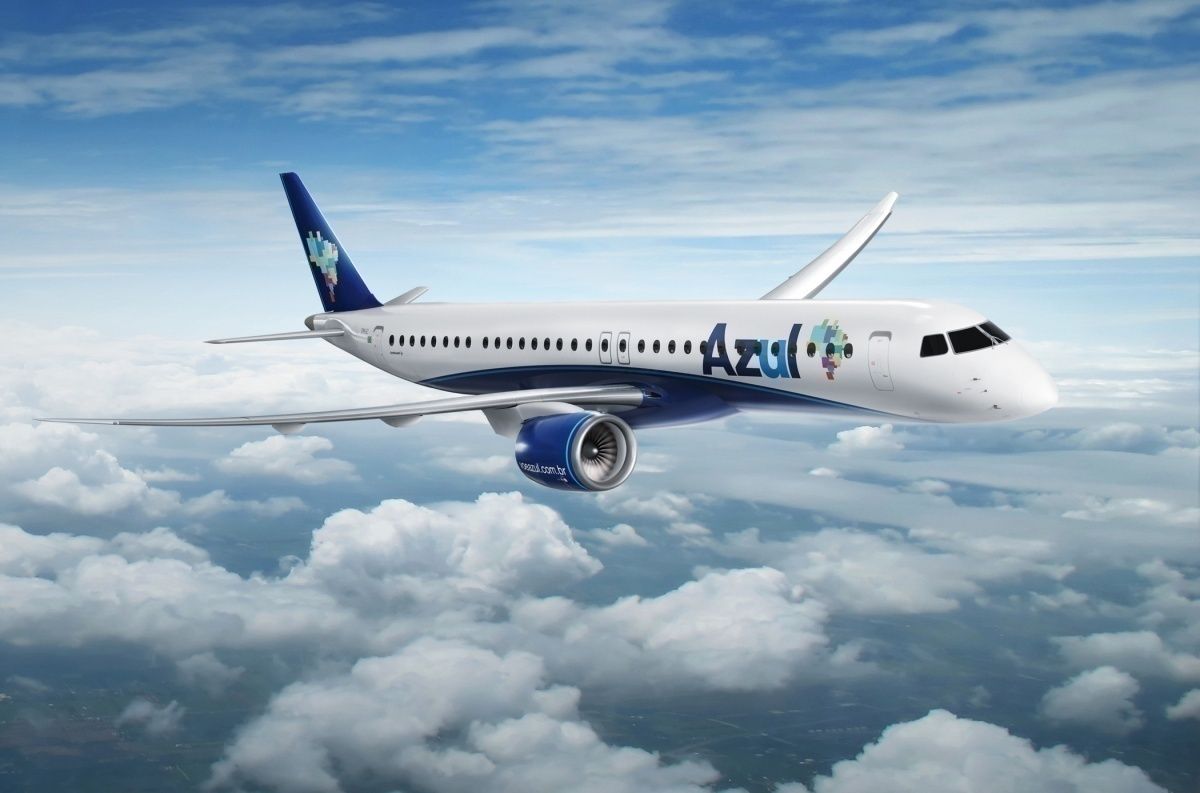Latin American airlines are in a better position than others worldwide to tackle the environmental problem and face flight shame. From having one of the younger fleets worldwide to agreements with the local governments, they have taken some serious steps. Let’s investigate further.
We are strongly committed, says ALTA
Currently, the flight shame movement hasn’t hit Latin America. Still, the Latin American and Caribbean Air Transport Association (ALTA) says the carriers in the region are deeply committed to the environment. In that sense, the airlines have increased fuel efficiency in their operations by 3.5% annually.
ALTA is aware of the importance of the air industry in Latin America. Currently, aviation in the region represents 8% of the industry worldwide. And due to the geographical characteristics of the continent, the airplane is necessary to help and boost economies and societies here.
Because of this, “the commitment of the industry with the environment is in the long term. We are taking the necessary steps to reduce our carbon footprint in a safe and efficient way,” ALTA said.
The fleet renewal goes on
In the last seven years, airlines have renewed more than 50% of the fleet in Latin America. This means the average age of aircraft in the region is eight years old, younger than the airplanes in Europe or North America.
In Mexico, the four biggest airlines are currently renewing its fleets. Aeromexico is receiving new Boeing 787 Dreamliner airplanes and has, as of now, a grounded fleet of six Boeing 737 MAX and some others waiting to be delivered. Also, it is weighing in on whether to renew its Embraer fleet with the newest E195 or the A220.
Volaris, Viva Aerobus, and Interjet all have orders with Airbus and are pinning their futures on the A320neo family. Interjet said that its A320neo fleet has sharklets which allows a 20% fuel savings and 30% lower CO2 emissions.
Across the continent, we can see this idea repeating itself. Copa, GOL, and Aerolíneas Argentinas also opted for the MAX; Sky Airline went for the A321neo; LATAM is currently the sole operator in Latin America of the A350. Although no airline in Latin America has ordered the A220, we think it is just a matter of time.
What else can the region do?
Recently, the Brazilian carrier Azul signed a partnership with DECEA, a government agency that controls Brazilian airspace. Between both organisms, they managed to reduce the emissions of CO2 in more than 471 tons per month, said Azul.
In 2018, Aeromexico recovered and reused 20% of the packages of products that were not consumed in its flights. It also achieved a diminish of 2% in the intensity of the emissions per passenger.
ALTA is encouraging local governments to invest more in aviation biofuels. This is because, between 2021 and 2035, the Latin American carriers with international flights would have to compensate near 102 million tons of CO2.
“To do it, we would need to have 15 billion gallons of biofuel. This is a tough objective, but it is viable. In order to do it, by 2021, we would need at least 4% of all the fuel used in international flights to be alternative. The gap would be reduced each year and by 2035, 54% of all the fuel used in the region would be alternative,” said Juan Sarmiento, Environmental Affairs Director at ALTA.
What do you think? Let us know in the comments.



